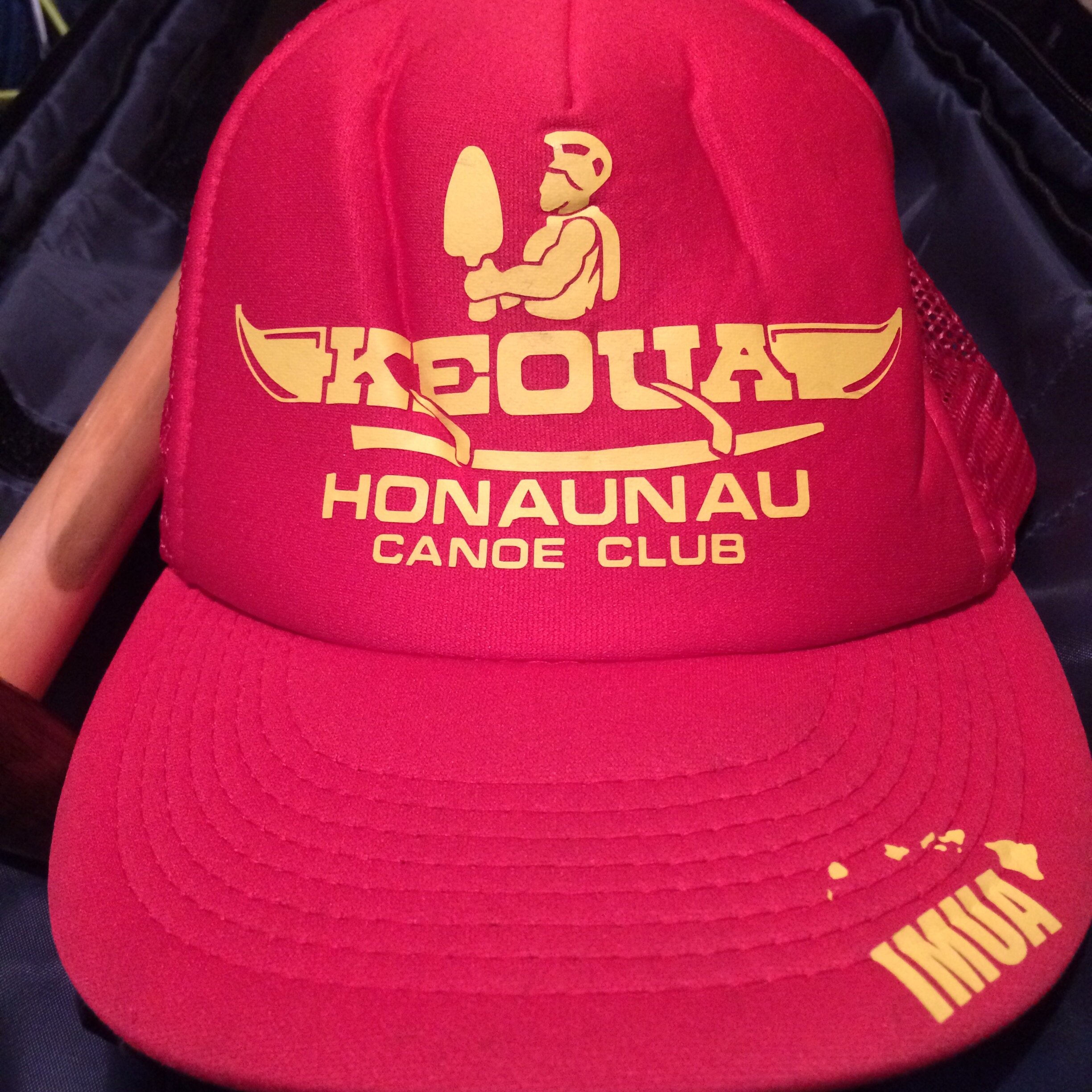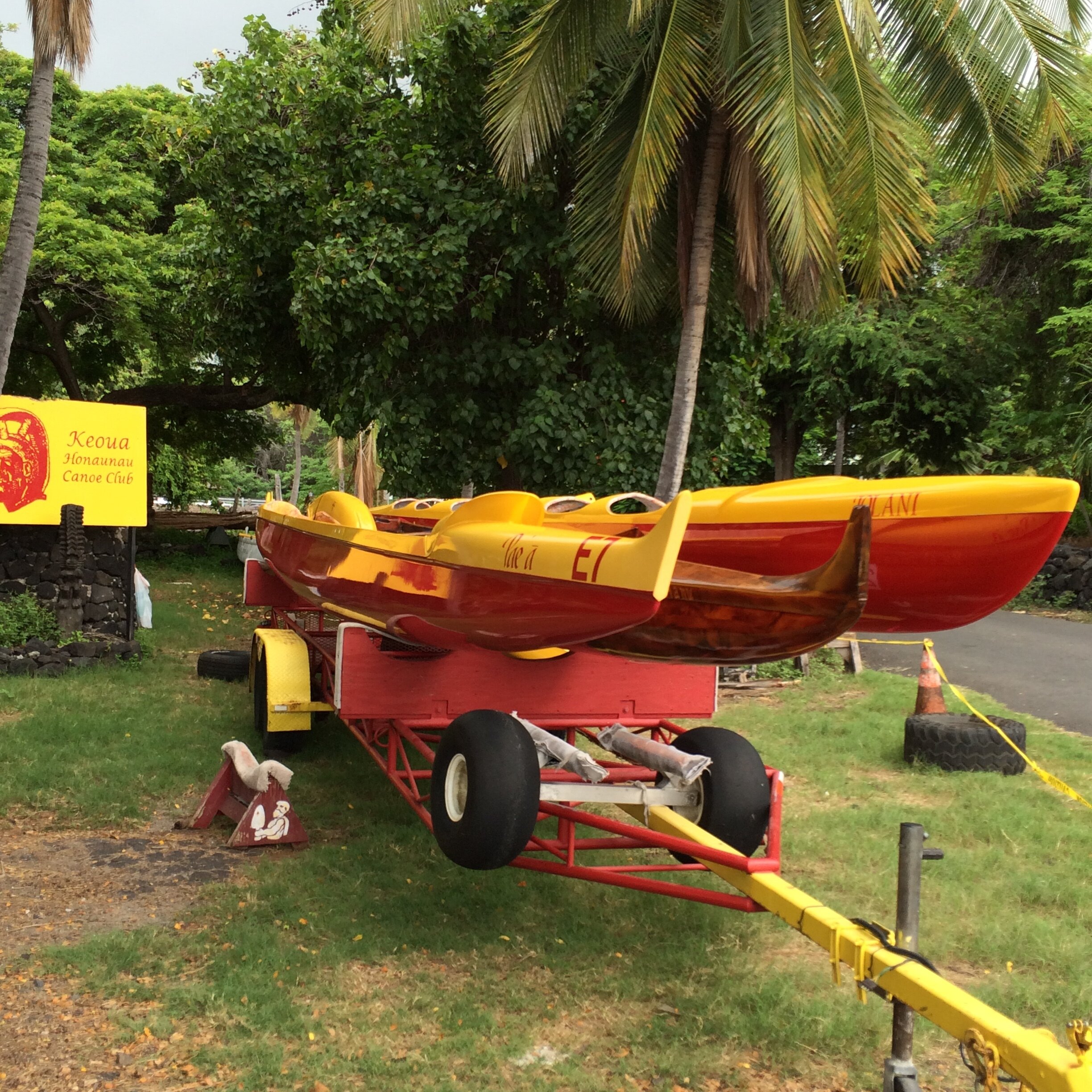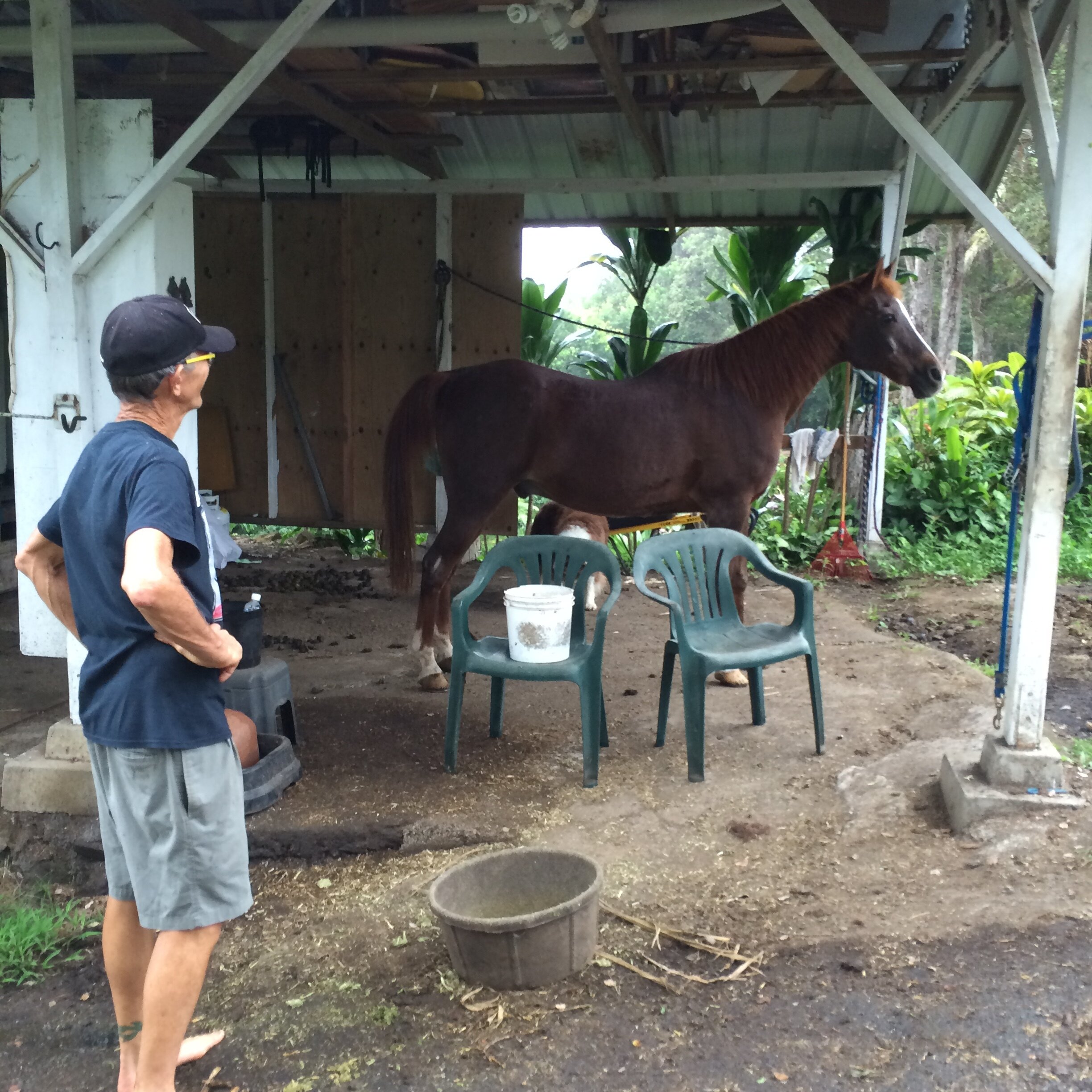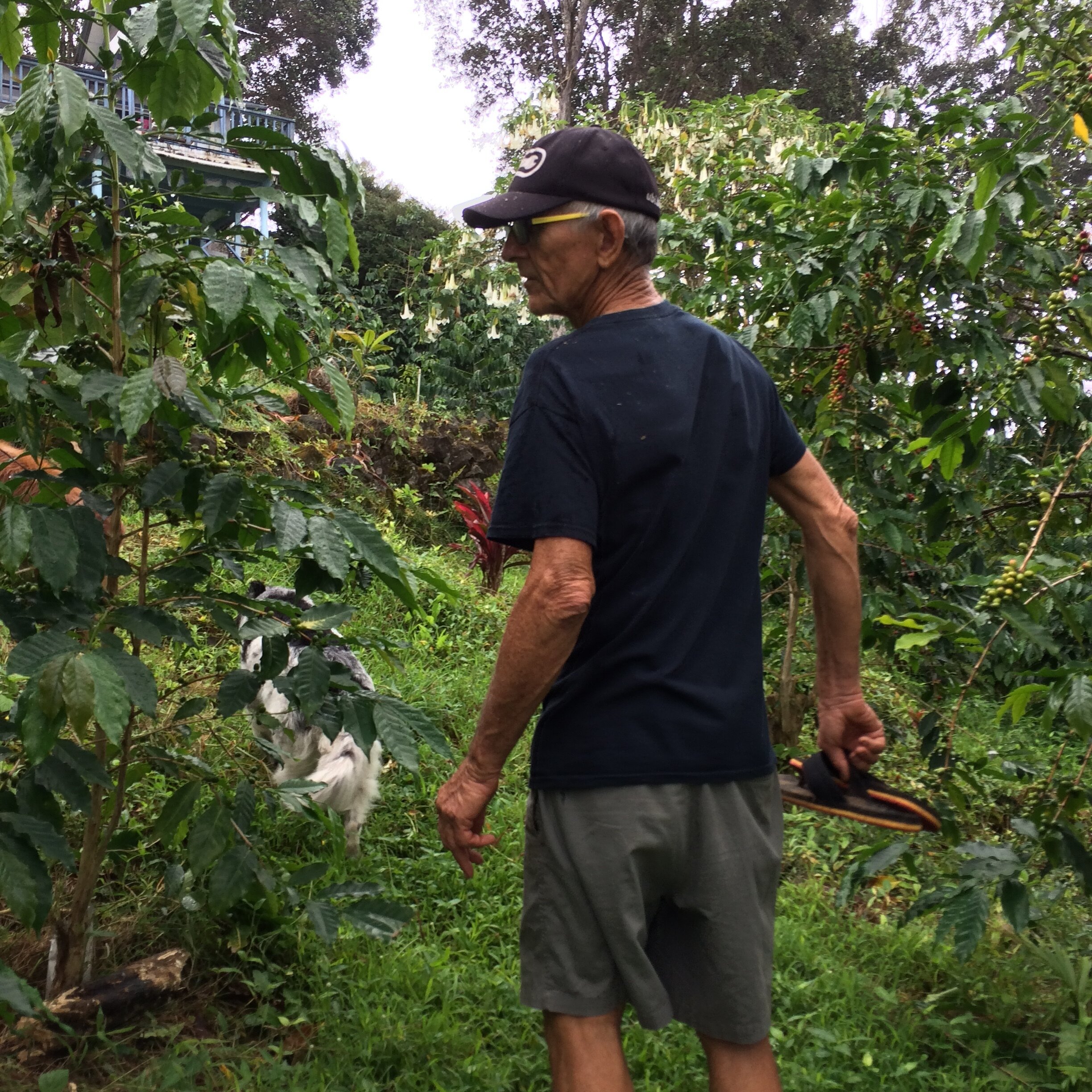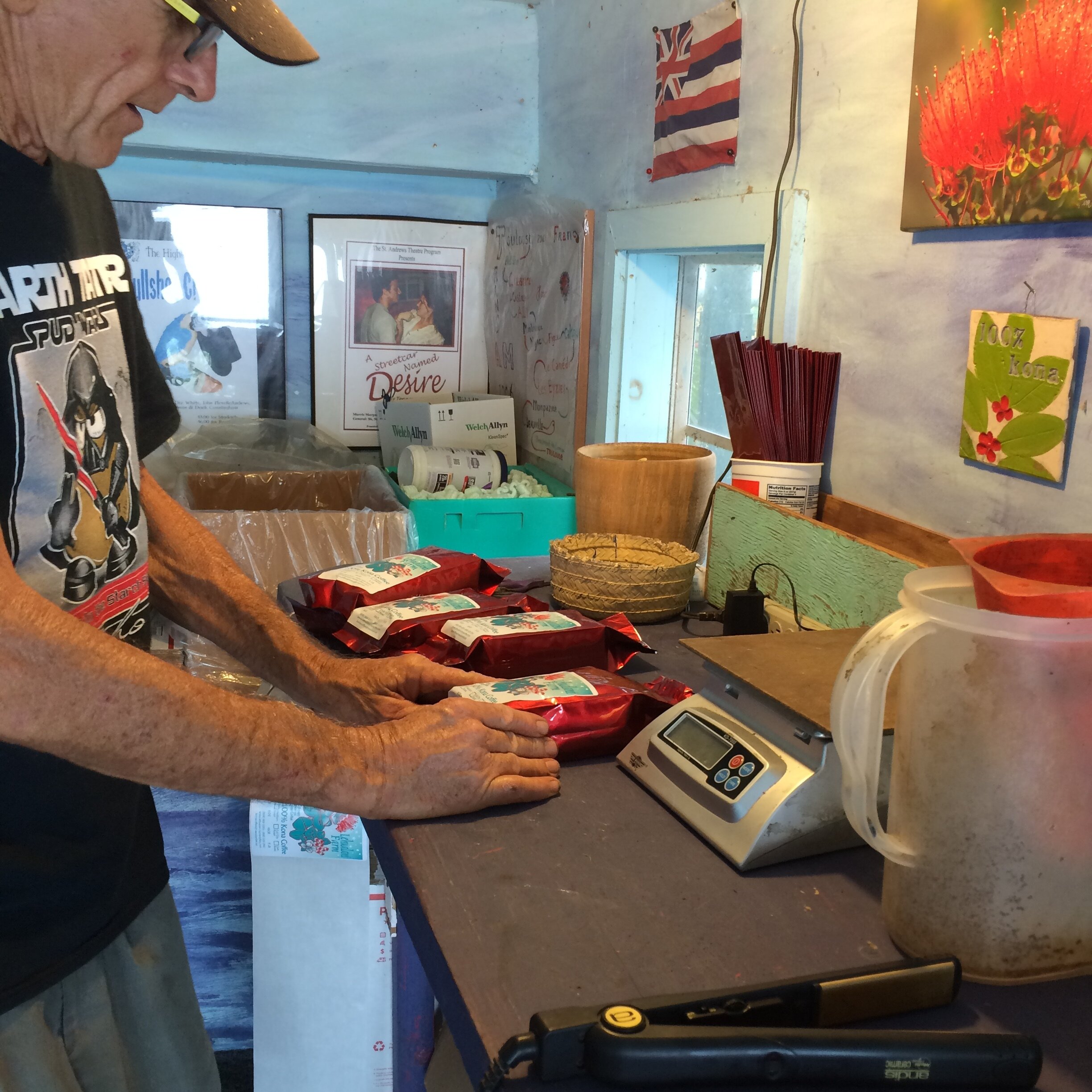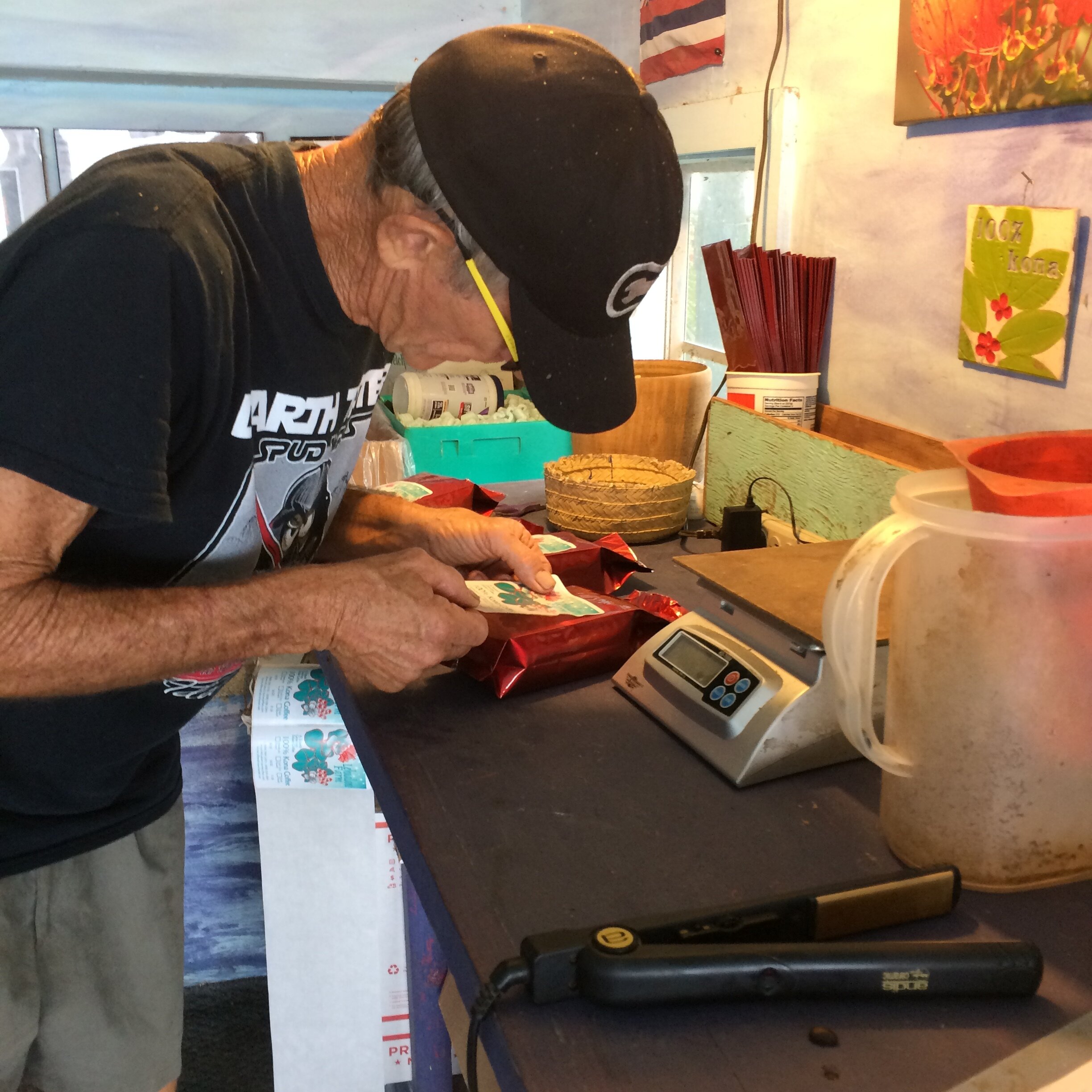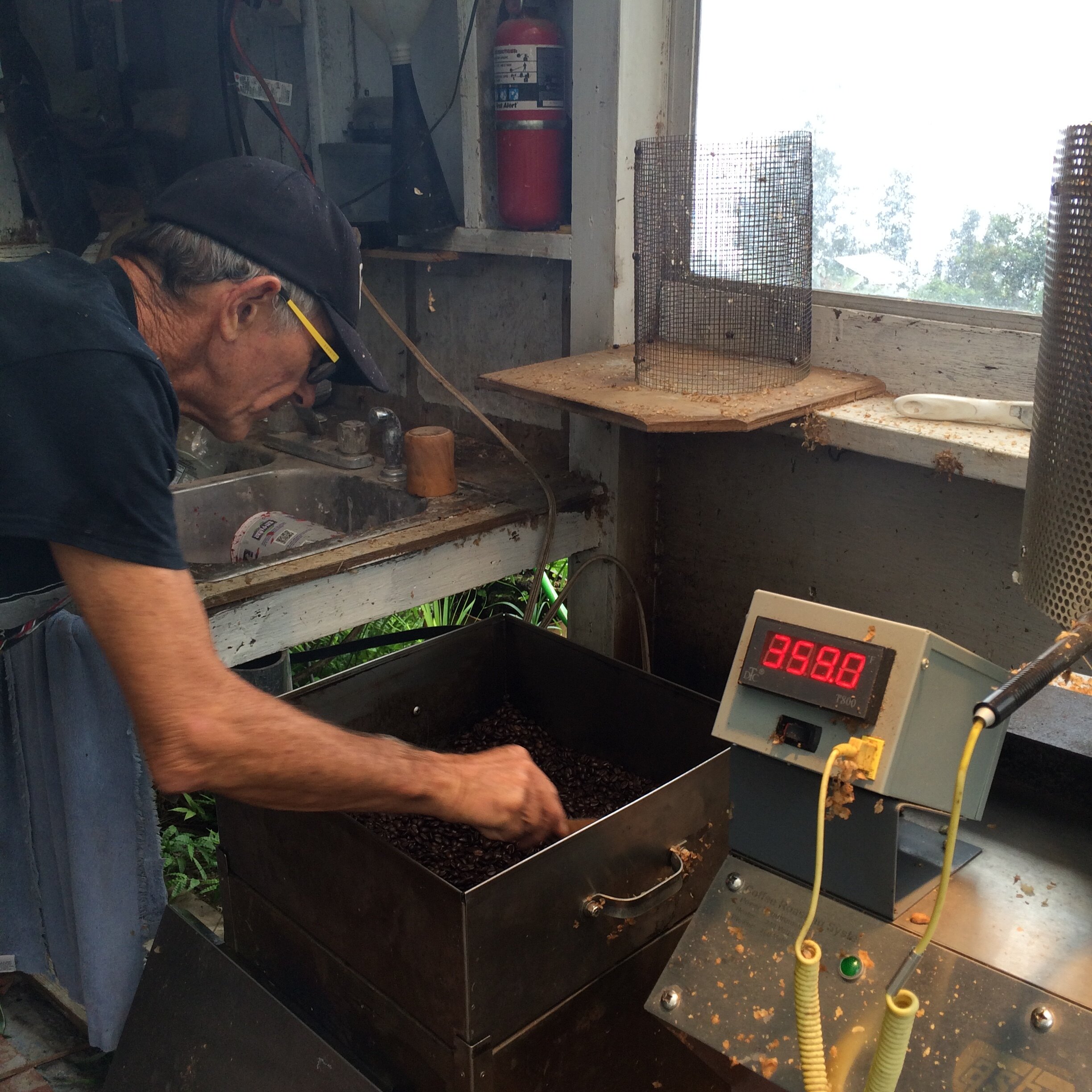Honaunau is heaven.
Honaunau is a sacred place. I first went there maybe 20 years ago, when I had first visited Kona. A friend of mine owned a coffee farm in the region, and I recall the grand canopy of an avocado tree abundant with endless fruit above his home. At night, the tree was sheltered under a sky scintillating with stars. I first saw outrigger paddling in Kailua-Kona, and the visions have stayed with me. It looked like so much fun. Unbelievably, it was in New York City where I learned outrigger paddling and the NYO club that took me back to Kona and Honaunau, to the Queen Lili’uokalani race. In the morning, the women race the canoes from Kailua-Kona to Honaunau, where the men receive the canoes and race them back. My canoe was greeted by dolphins as we entered the bay and finished our race. It was an exhilarating return.
Unfortunately, my Makapo paddler friends, who had been scheduled to race with the Makapo team based at NAC in California, had stayed in New York. This was due to the fact two hurricanes were heading to the Big Island. No one knew whether, when we caught our flights, we would be able to race at all. So, while some of us took the risk, why did the Makapo paddlers stay behind? “Makapo” means dark-eye in Hawaiian. Our Makapo paddlers are visually impaired, and it had been deemed too risky to place these paddlers between two hurricanes. I felt bad for my friend because as fate would have it both hurricanes swerved right before the races, and the US Coast Guard announced the race would go on. Ultimately I decided to find some gifts for my New York Makapo friends. Here I encountered a difficulty: how do you give a gift to someone who can’t see it?
What follows is the amazing story of how I met Will, the visually impaired, paddler-coffee-farmer of Kona. A link to the Lehualani farm, where you can buy his coffee, is here: Lehualani Coffee.
My New York race team decided to spend their final day on the Big Island touring Kilauea. After all our resident coach was a volcanist (in addition to a having come to us from the Hawaii paddling scene - your typical underachiever)! And while I certainly did not think the opportunity would be dull, I had done the tour, so it was not my plan. I wandered the shops in Kona, looking for a gift for my Makapo friends back in New York. A young saleswoman approached me and asked if she could help me. I told her I was having a hard time, because I was looking for gifts for visually impaired paddler friends. I had never really thought through what it is like to give a gift someone can’t see, and if you try, you will find how many gifts or things rely on their ability to be seen. To my surprise, the young woman told me she knew what I was dealing with, because her father was visually impaired - and a paddler! So, at this point the conversation took off. She told me he was a coffee farmer as well. Now, you certainly don’t need to see Kona coffee to enjoy it. Pretty soon she arranged for me to drive up the mountain to meet with her father on his coffee farm, where I thought I would buy some beans and call it a day.
Paradise.
Will met me at the bottom of his slopenear an agreed upon mile marker on the Mamalahoa Highway. He was driving an ATV, and he had on glasses with thick lenses. I followed him up, up, up the muddy road, then further up, up, up until there was no more road. Will invited me inside for a cup of his coffee, and we started to talk. Like many of my visually-impaired friends who are considered legally blind, he made his way around just fine, telling me he knew every rock on his side of the mountain. Looking out the windows to the grandeur of the Pacific Ocean and Kealakekua Bay below us, he said he knew he had a million dollar view, but that he could not see it. The Kona coffee was rich and delicious, and I felt blessed to have discovered him. He told me he had run the Boston marathon with a guide and that he stroked for his club, Keoua of Honaunau. It didn’t take a long before I realized he had an original Herb Kane painting hanging in his living room. So, of course, I asked about it.
Herb Kane painting of the Keoua Outrigger club of Honaunau.
The Marriott Hotel in Kailua-Kona is situated at the start of the Queen Lili race, and there is a lot of traffic through its corridors, especially through a hall hosting numerous Herb Kane paintings. Here I had already gazed upon original Hawaiian art for at least an hour, viewing each unique painting in turn. I was astonished to see one in Will’s living room. He told me that Kane had painted it of his club and that the club had bought it. A raffle was held to see who would get to display it in their home, and of all people, the man who could not see it won it. But he knew the painting inside out. He knew who each member was and where they were sitting in the canoe. He posed for me in front of the painting, displaying his club hat, which features the same color as their canoes. We finished our delicious coffee, and it was time for a tour of the farm as well as some custom roasting.
Will had a large display made so he could roast the coffee himself, which he did. A delicious dark roast for my Makapo paddler friends back in New York.
Will let me know he could not see money. When I paid him, it was with the understanding that a visually-impaired person learns to trust others more deeply than those of us who can see. It is a beautiful thing when trust in others becomes a necessity. The simplest exchanges have more depth to them. This is the kind of trust we experience when paddling together as teams, as ohana. On my way out I asked Will if he knew where I might be able to buy a Keoua club hat. He thought about it for a few seconds, took his hat off his head and said, “You can have mine.”


